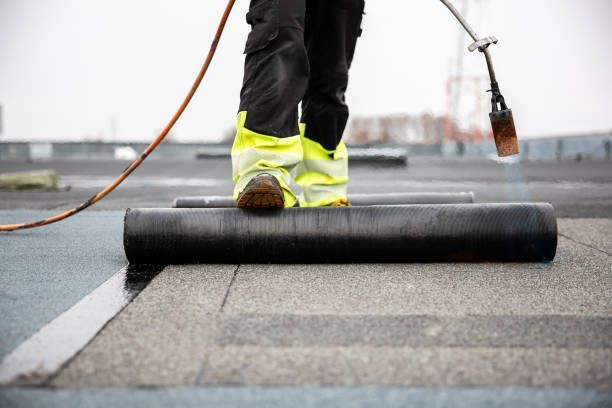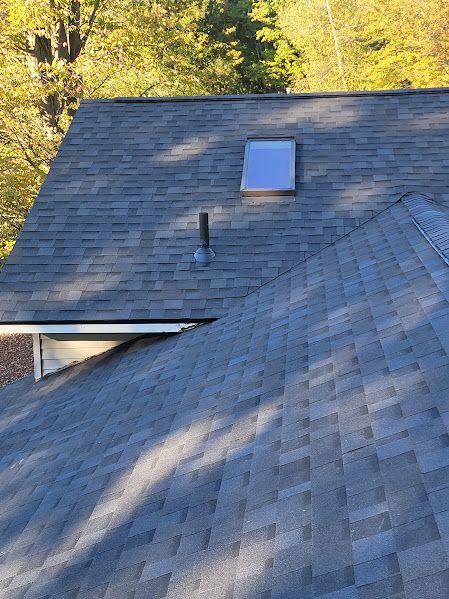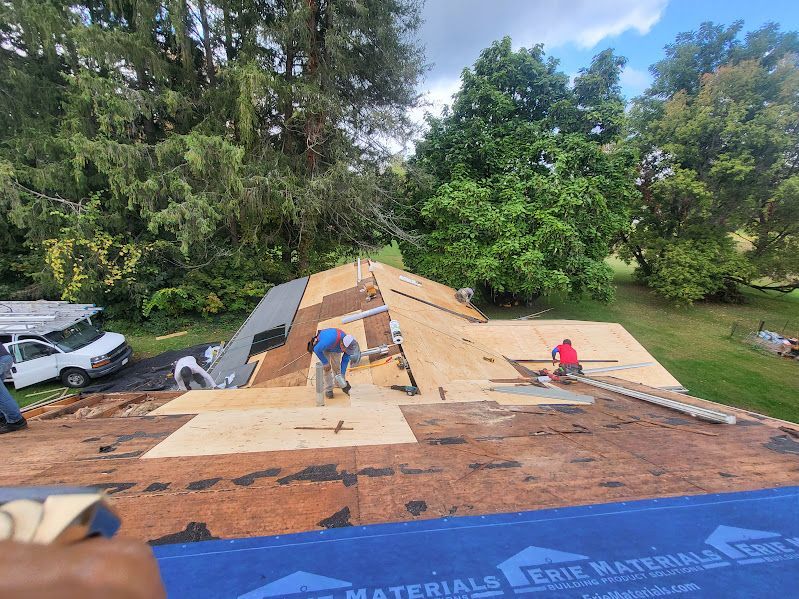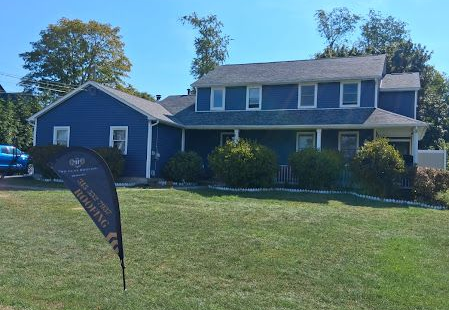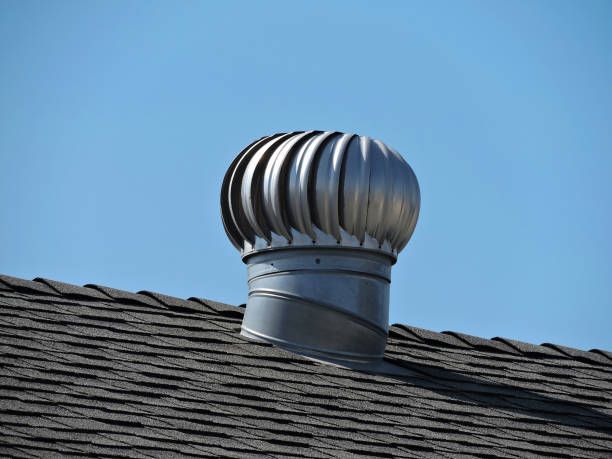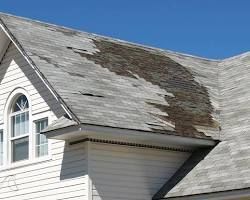Time for a Change up?
This is a subtitle for your new post
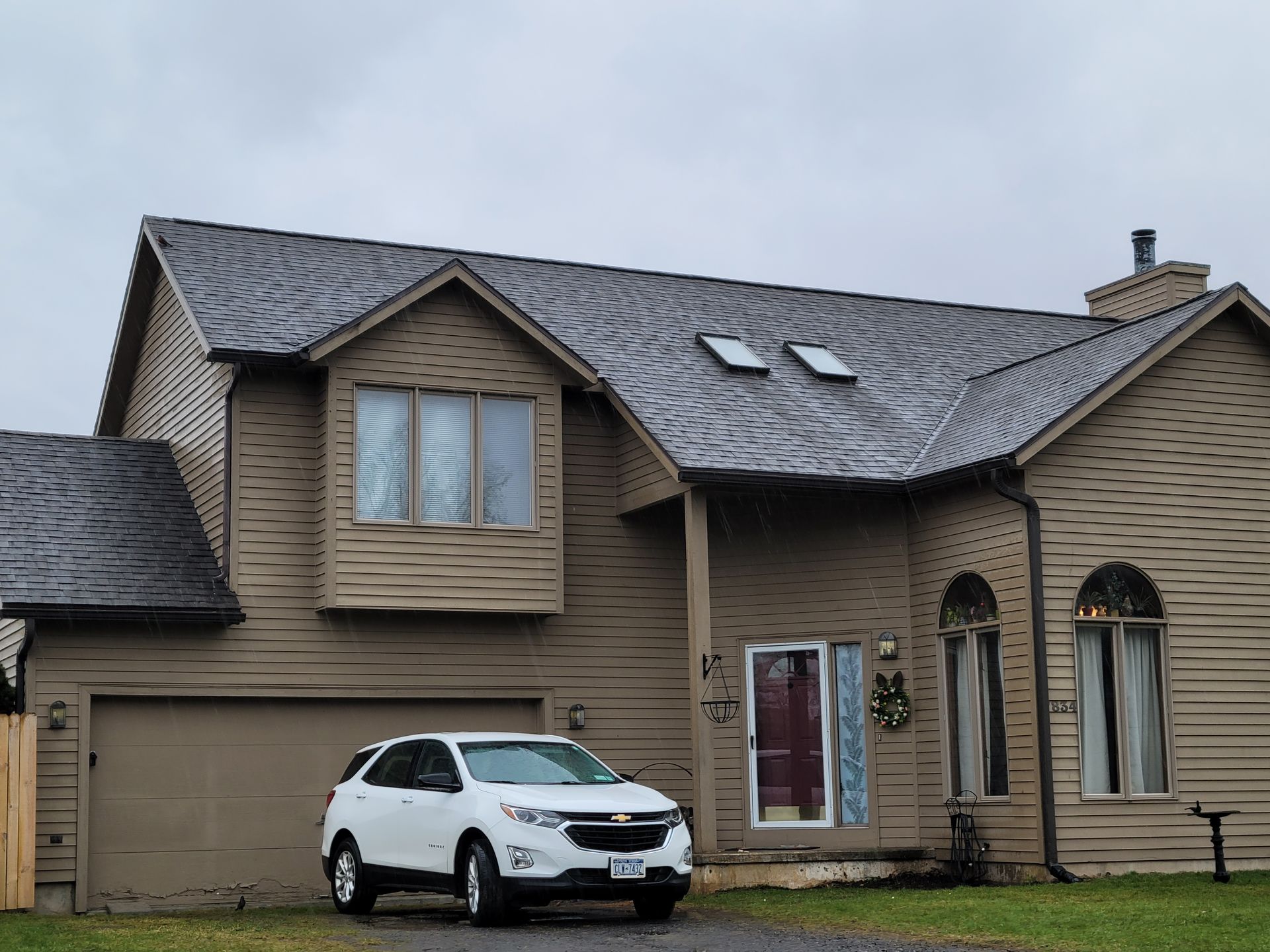
Time for a Change Up Top? Your Guide to Roof Replacement
Your roof is your home's primary defense against the elements. Over time, however, even the most durable roofs reach the end of their lifespan. Knowing when and how to approach a roof replacement is crucial for protecting your investment and ensuring your family's comfort and safety.
So, how do you know if it's time for a change up top? And what does the replacement process entail? Let's dive in!
Is Your Roof Showing Its Age? Key Signs It Might Be Time for Replacement:
Don't wait for a major leak to consider a new roof. Here are some telltale signs that your current roof may be nearing the end of its useful life:
- Age: Most asphalt shingle roofs last between 15 and 30 years, depending on the quality of materials, installation, and local climate. If your roof is approaching or exceeding this age range, it's wise to start thinking about replacement.
- Frequent Leaks: Occasional minor leaks can sometimes be repaired. However, if you're experiencing recurring leaks, especially after storms, it's a strong indication of widespread roof deterioration.
- Missing, Cracked, or Curled Shingles: These damaged shingles expose the underlayment to the elements, leading to potential water damage. Significant shingle damage across the roof warrants attention.
- Granule Loss: Asphalt shingles have granules that protect them from UV rays. If you notice excessive granule loss in your gutters or bald spots on your shingles, the roof's protective layer is wearing away.
- Sagging Roof Deck: A visibly sagging roof deck is a serious structural issue and a clear sign that replacement is necessary.
- Moss and Algae Growth: While some moss and algae are cosmetic, extensive growth can trap moisture and damage shingles over time. If cleaning is no longer effective or the growth is severe, replacement might be the better long-term solution.
- Damaged Flashing: Damaged or corroded flashing around chimneys, vents, and skylights can allow water to penetrate. While sometimes repairable, widespread flashing issues on an aging roof might signal the need for replacement.
The Roof Replacement Process: What to Expect:
Replacing your roof is a significant project. Understanding the process can help you prepare and ensure a smoother experience:
- Inspection and Estimate: The first step is to contact several reputable roofing contractors for inspections and estimates. They will assess the condition of your current roof, discuss your options, and provide a detailed quote. Be sure to ask about the type of materials they recommend, warranty information, and their insurance coverage.
- Choosing Materials: You'll have various roofing materials to choose from, each with its own benefits and drawbacks in terms of cost, durability, and aesthetics. Common options include:
- Asphalt Shingles: The most popular and affordable option, available in various styles and grades.
- Metal Roofing: Durable, long-lasting, and energy-efficient, but typically more expensive upfront.
- Tile Roofing (Clay or Concrete): Offers excellent longevity and a unique aesthetic, but can be heavy and costly.
- Wood Shakes or Shingles: Provide a natural look but require more maintenance and may not be suitable for all climates.
- Permits: Reputable contractors will typically handle obtaining the necessary permits from your local building department.
- Tear-Off and Disposal: The old roofing material will be carefully removed and disposed of according to local regulations. This can be a messy process, so ensure the contractor takes precautions to protect your property.
- Deck Inspection and Repair: Once the old roof is removed, the underlying roof deck will be inspected for any damage (rot, water damage, etc.). Necessary repairs or replacements will be made at this stage.
- Underlayment Installation: A protective underlayment is installed over the roof deck. This acts as an additional barrier against water intrusion.
- Flashing Installation: New flashing is installed around all roof penetrations (chimneys, vents, skylights) to create watertight seals.
- New Roofing Material Installation: The chosen roofing material is installed according to the manufacturer's specifications.
- Cleanup: A good contractor will thoroughly clean up the job site, removing all debris and ensuring your property is left tidy.
- Final Inspection: Once the job is complete, the contractor should conduct a final inspection to ensure everything is installed correctly. You should also do your own walk-around to check for any visible issues.
Choosing the Right Roofing Contractor:
Selecting a qualified and trustworthy roofing contractor is crucial for a successful roof replacement project. Here are some tips:
- Get Multiple Quotes: Obtain at least three estimates from different contractors.
- Check Credentials: Ensure the contractor is licensed and insured (liability and workers' compensation). Ask for proof.
- Read Reviews and Check References: Look for online reviews and ask for references from past clients. Contact those references to inquire about their experience.
- Ask About Warranty: Understand the warranty offered on both the materials and the workmanship.
- Get a Detailed Contract: The contract should clearly outline the scope of work, materials to be used, timeline, payment schedule, and warranty information.
- Trust Your Gut: Choose a contractor you feel comfortable with and who communicates clearly and professionally.
Investing in Your Home's Future:
A roof replacement is a significant investment, but it's one that protects your most valuable asset. By understanding the signs of an aging roof and the replacement process, you can approach this project with confidence and ensure your home remains safe and secure for years to come. Don't wait for the drip – be proactive and give your home the reliable roof it deserves!
